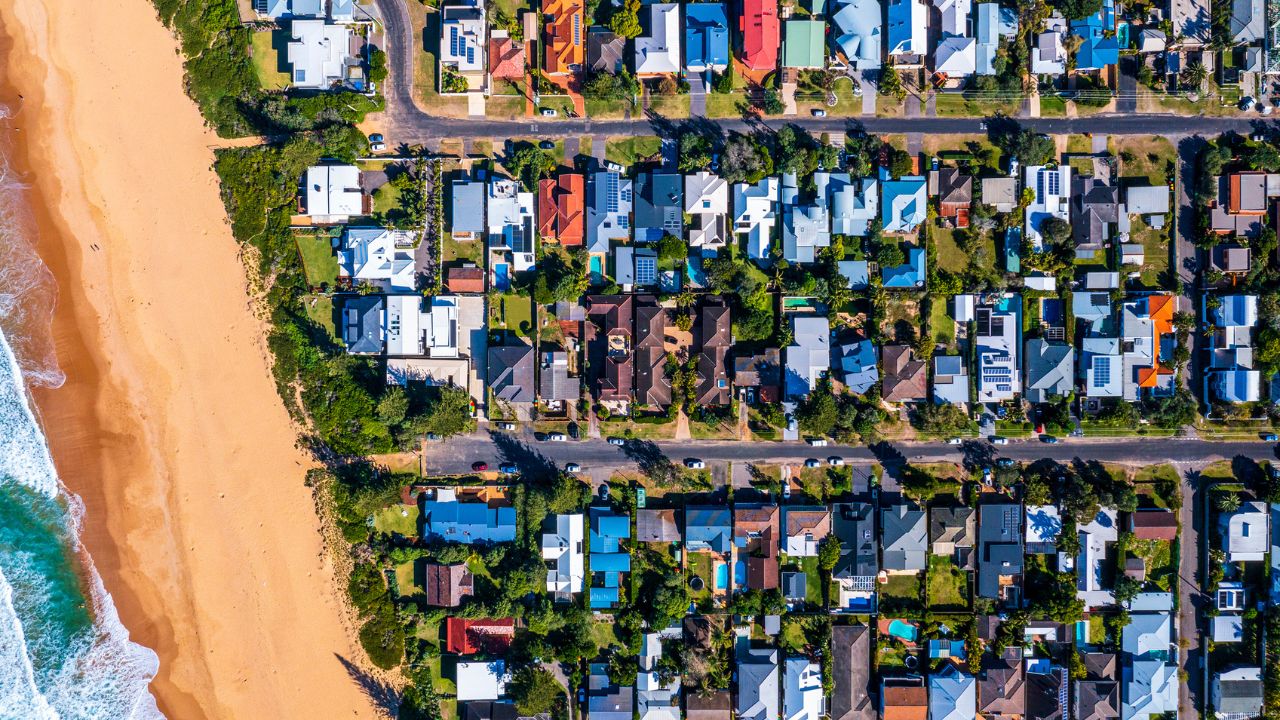According to new data from REA Group, the median weekly advertised rent across Australia increased by 1.6 per cent over the quarter to reach $630 per week in March 2025.
This represents a 5 per cent increase compared to the same time last year, adding an extra $1,560 annually to renters’ housing costs.
Capital city rents rose 1.6 per cent to $650 per week, while regional rents remained steady at $550 per week.
Unit rentals outpaced house rentals in growth across both metropolitan and regional areas, increasing by 3.2 per cent and 3 per cent respectively during the quarter.
Queensland and South Australia emerged as the hotspots for rental growth over the past 12 months, with both states recording the strongest increases in both their capital cities and regional markets.
Sydney continues to maintain its position as Australia’s most expensive rental market, with tenants paying $70 more per week than in Perth, the second most expensive city.
The gap between Sydney and Melbourne is even more substantial, with Sydney renters typically paying $9,100 more annually.
Melbourne has retained its position as the second most affordable capital city for renters, with only Hobart being less expensive.
The Victorian capital also has the smallest difference between median house and unit rental prices among all capital cities.
Canberra and Sydney experienced the weakest rental growth over the past year, with increases of just 1.6 per cent and 4.2 per cent, respectively, indicating some stabilisation in these previously hot markets.
REA Group Senior Economist Anne Flaherty noted that despite the recent acceleration, current growth rates remain well below the peaks observed in previous years.
“The speed at which rents are rising has picked up over the first three months of 2025, reversing the trend of slowing rent growth seen late last year,” Ms Flaherty said.
“Despite this, rent growth remains well below the peak levels seen over 2022 and 2023.”
The rental market is expected to maintain its current trajectory rather than return to the rapid growth seen in previous years she said.
“Looking ahead, the more modest pace of rent growth seen over the past 12 months is expected to continue throughout the rest of this year,” Ms Flaherty said.

